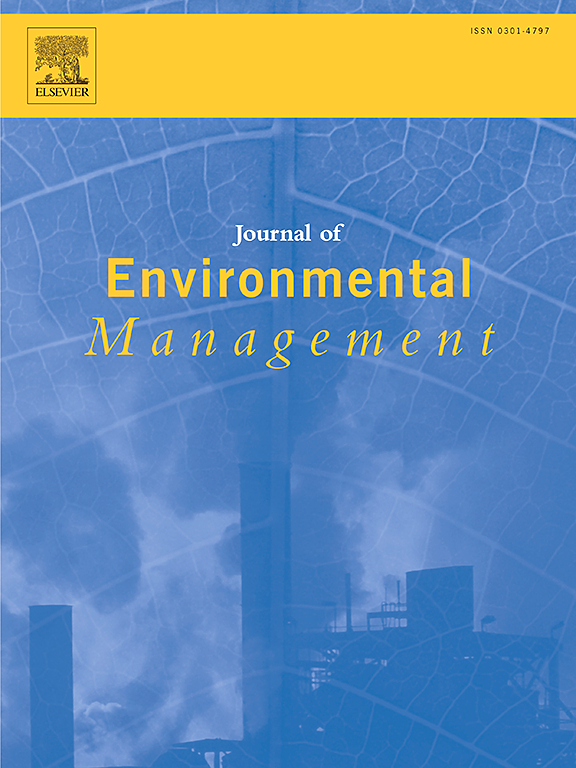Analysis of microplastic flux from the Gediz River to the Aegean Sea: A modeling study for environmental management
IF 8
2区 环境科学与生态学
Q1 ENVIRONMENTAL SCIENCES
引用次数: 0
Abstract
It is critical to determine the abundance of microplastics in terrestrial inland waters, understand their fate and transport mechanisms, and reveal their status in aquatic environments. This study aimed to develop and calibrate a mathematical model to simulate microplastic (MP) pollution in the Gediz River Basin, Türkiye, which focused on MP fate and transport under existing conditions and various management scenarios. The baseline scenario revealed that, despite a ninefold difference in flow rates, the midstream and upstream parts of the basin also exhibited significant contamination, with an average concentration of 25 n/L compared to the downstream average of 29 n/L. The model was later simulated to test the effects of various mitigation scenarios including but not limited to reducing MP discharges from wastewater treatment plants (WWTPs) and implementing vegetative barriers in tributaries. Scenario 4, which involves reducing MP concentrations in upstream tributaries with vegetative barriers, achieved the highest average reduction across all segments (32 %) and specifically in the downstream area (47 %). In contrast, Scenario 1, aimed at reducing wastewater discharges from urban and industrial WWTPs through water reclamation, and Scenario 2, which focused on eliminating MP in Organized Industrial Zone (OIZ) discharges by changing industrial inputs, achieved the most effective MP reductions in the upper basin, with reductions of 20 % and 17 %, respectively. Scenario 3, targeting flow reduction and accumulation through constructed wetlands, had minimal impact, with reductions close to 0 % in most areas. These results highlight the need for comprehensive approaches to effectively reduce MP pollution, particularly in managing upstream and tributary sources.

Gediz河至爱琴海的微塑料通量分析:环境管理的模型研究
确定陆地内陆水域微塑料的丰度,了解其命运和运输机制,揭示其在水生环境中的地位至关重要。本研究旨在开发和校准一个数学模型,以模拟基耶省格迪兹河流域的微塑料(MP)污染,该模型侧重于现有条件和各种管理方案下的MP命运和运输。基线情景显示,尽管流量相差9倍,但流域中游和上游也表现出明显的污染,平均浓度为25 n/L,而下游平均浓度为29 n/L。随后对该模型进行了模拟,以测试各种缓解方案的效果,包括但不限于减少废水处理厂(WWTPs)的MP排放和在支流中实施植物屏障。方案4涉及通过植物屏障降低上游支流的MP浓度,在所有区段中实现了最高的平均降低(32%),特别是在下游地区(47%)。相比之下,旨在通过水回收减少城市和工业污水处理厂废水排放的情景1,以及通过改变工业投入来消除有组织工业区(OIZ)排放中的MP的情景2,在上游流域实现了最有效的MP减少,分别减少了20%和17%。情景3的目标是通过人工湿地减少流量和积累,影响最小,大多数地区的减少量接近0%。这些结果突出表明,需要采取综合方法来有效减少污染物,特别是在管理上游和支流污染源方面。
本文章由计算机程序翻译,如有差异,请以英文原文为准。
求助全文
约1分钟内获得全文
求助全文
来源期刊

Journal of Environmental Management
环境科学-环境科学
CiteScore
13.70
自引率
5.70%
发文量
2477
审稿时长
84 days
期刊介绍:
The Journal of Environmental Management is a journal for the publication of peer reviewed, original research for all aspects of management and the managed use of the environment, both natural and man-made.Critical review articles are also welcome; submission of these is strongly encouraged.
 求助内容:
求助内容: 应助结果提醒方式:
应助结果提醒方式:


